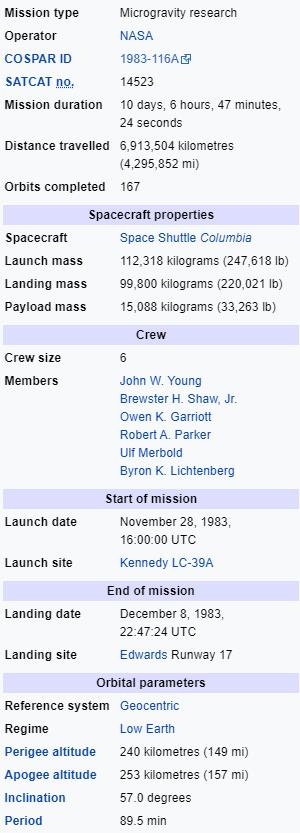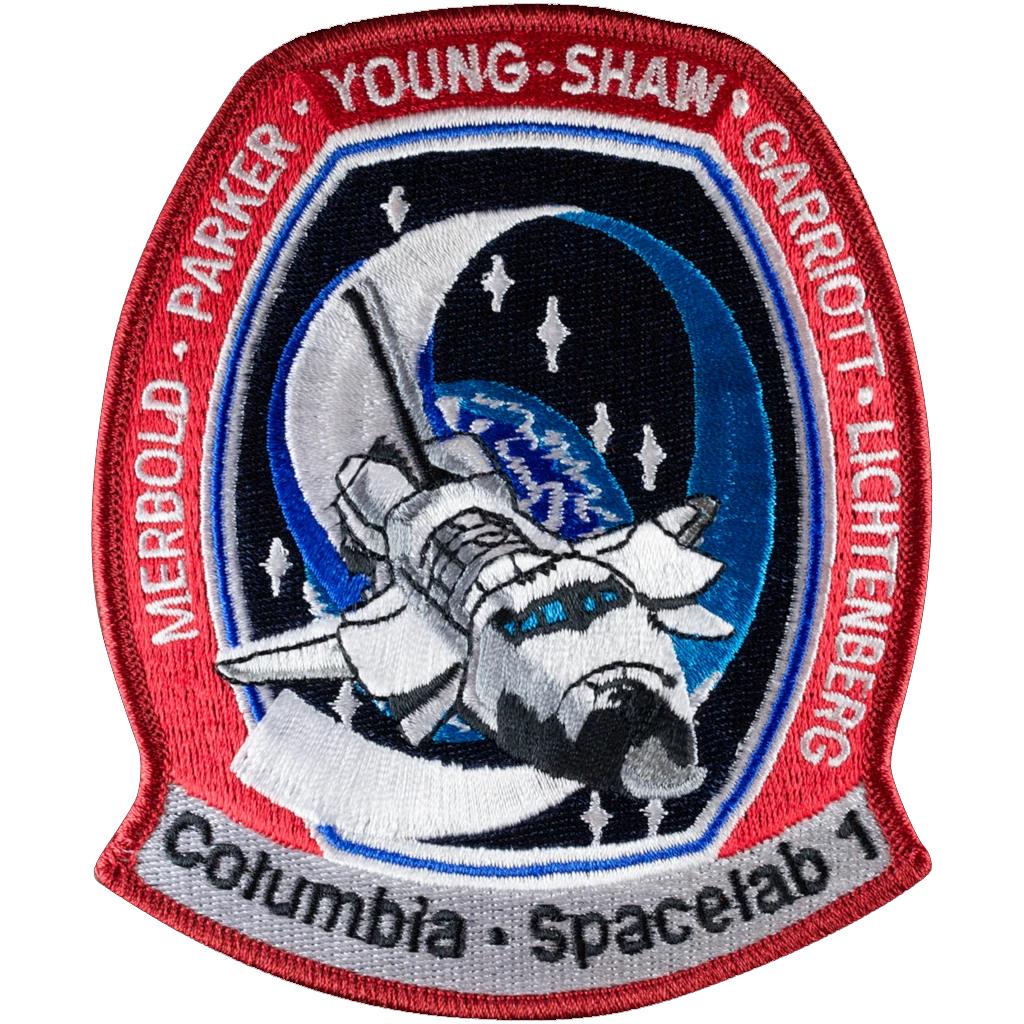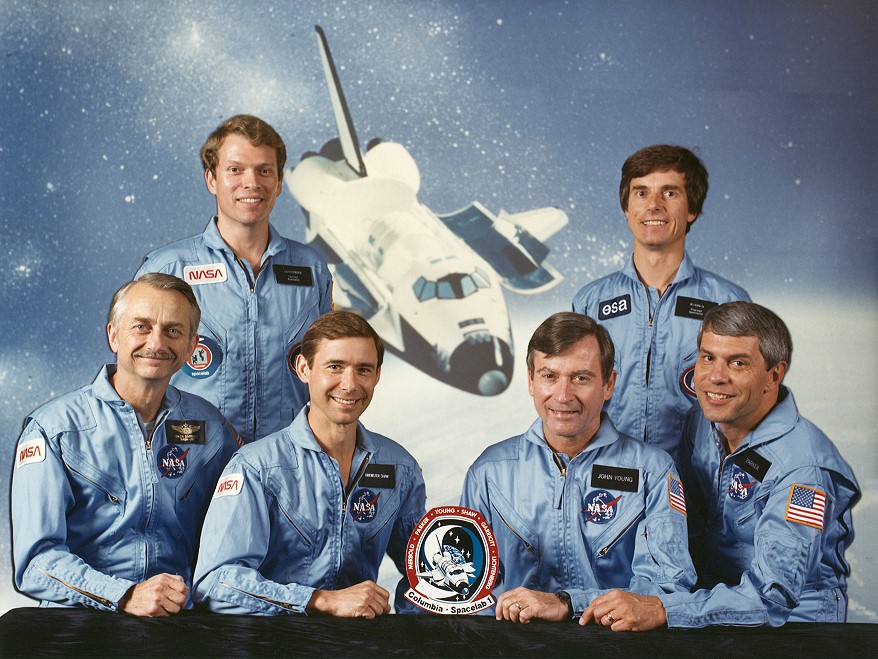John W. Young
(Second Space Flight)
Brewster H. Shaw Jr.
(First Space Flight) Mission Specialist 1:
Owen K. Garriott
(First Space Flight) Mission Specialist 2:
Robert A. Parker
(Second Space Flight) Payload Specialist 1:
Ulf Merbold, ESA
(First Space Flight) Payload Specialist 2:
Byron K. Lichtenberg
(First Space Flight) Payload Specialist 1:
STS-9
STS-9 (also known as STS-41A and Spacelab 1) was a NASA Space Shuttle mission which carried the first Spacelablaboratory module into orbit. Launched on 28 November 1983, it was the sixth mission of the Space Shuttle Columbia, and was Columbia's last flight until STS-61 C in January 1986. It was also the last time the old STS numbering was used until STS-26 (in the aftermath of the Challenger disaster of STS 51-L). Under the new system, STS-9 would have been designated as STS-41-A.
First Backup Crew:
Payload Specialist 1: Wubbo Ockels
Payload Specialist 2:
Michael Lampton
Command Pilot:
Astronauts:
The Space Shuttle Missions
STS-9
Pilot:
Study
Research
Main Index
Space Cosmology
Science Research
*
About
Science Research
Science Theories
Desk
Site Map
BookShelf
Copyright © by Nigel G Wilcox · All Rights reserved · E-Mail: ngwilcox100@gmail.com
Designed by Nigel G Wilcox
Powered By AM3L1A
Pages within this section: USA Shuttle Mission Flights
STS-9
Pages within this section:
1
M
8
SM
Sub-Menu
menu
2
3
4
5
6
7
8
9
Support Crew:
John E. Blaha (entry CAPCOM)
Franklin R. Chang-Diaz
Mary L. Cleave
Anna L. Fisher
William F. Fisher
Guy S. Gardner (ascent CAPCOM)
Chuck Lewis (Marshall CAPCOM)
Bryan D. O'Connor
Wubbo Ockels

STS-9's seventh-member crew, the largest of any human space mission at the time, included John W. Young, commander, on his second shuttle flight; Brewster H. Shaw, pilot; Owen Garriott and Robert A. Parker, both mission specialists; and Byron K. Lichtenberg and Ulf Merbold, payload specialists – the first two non-NASA astronauts to fly on the Space Shuttle. Merbold, a citizen of West Germany, was the first foreign citizen to participate in a shuttle flight. Lichtenberg was a researcher at the Massachusetts Institute of Technology. Prior to STS-9, the scientist-astronaut Garriott had spent 56 days in orbit in 1973 aboard Skylab. Commanding the mission was veteran astronaut John Young, making his sixth and final flight over an 18-year career that saw him fly twice each in Gemini, Apollo, and the Shuttle, which included two journeys to the Moon and making him the most experienced space traveler to date. Young, who also commanded Columbia on its maiden voyage STS-1, was the first person to fly the same space vehicle into orbit more than once. STS-9 marked the only time that two pre-Shuttle era astronaut veterans (Garriott and Young) would fly on the same Space Shuttle mission.
The mission was devoted entirely to Spacelab 1, a joint NASA/European Space Agency (ESA) program designed to demonstrate the ability to conduct advanced scientific research in space. Both the mission specialists and payload specialists worked in the Spacelab module and coordinated their efforts with scientists at the Marshall Payload Operations Control Center (POCC), which was then located at the Johnson Space Center in Texas. Funding for Spacelab 1 was provided by the ESA.

Data Courtesy Wikipedia.org












